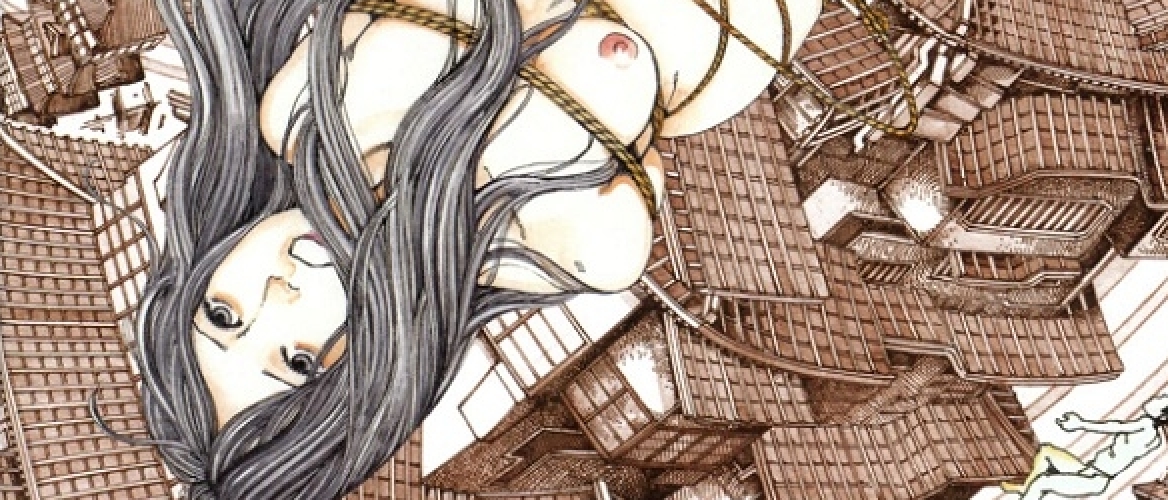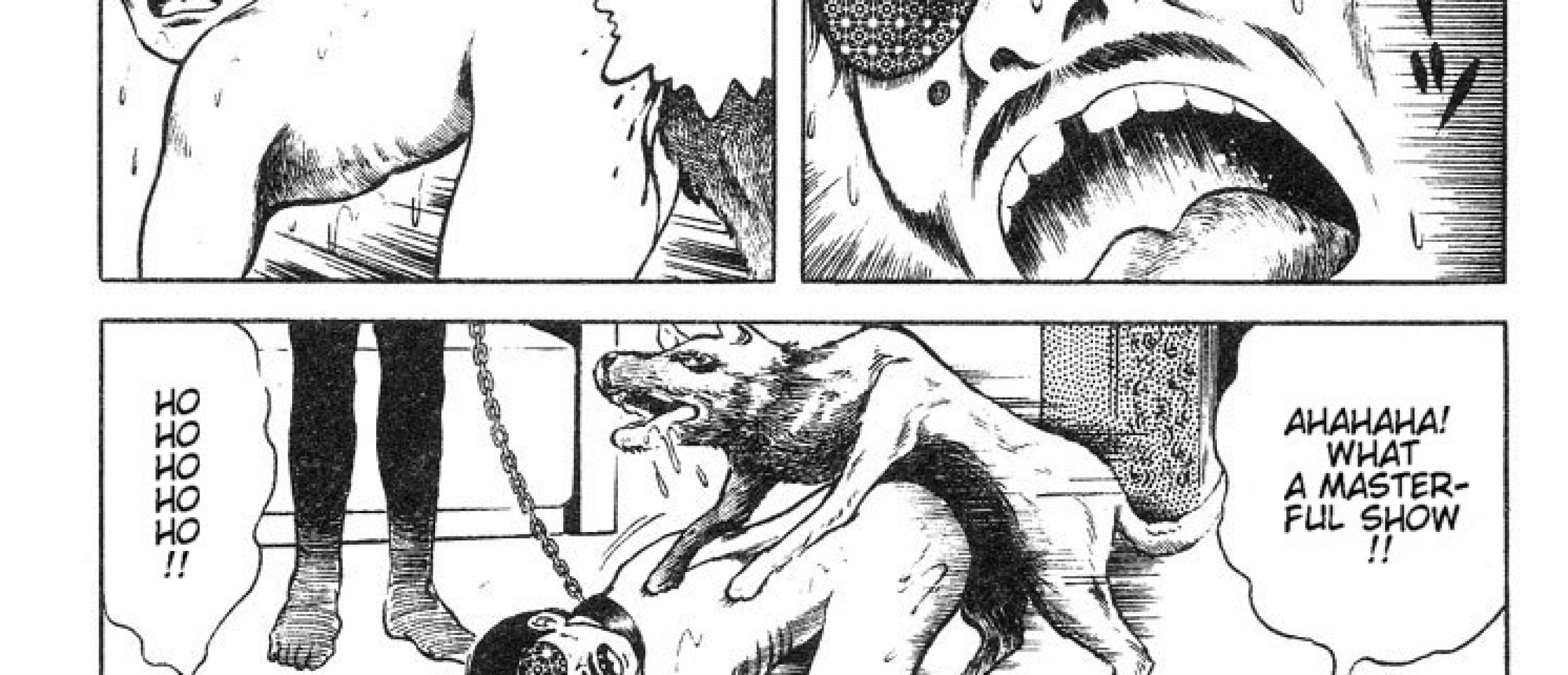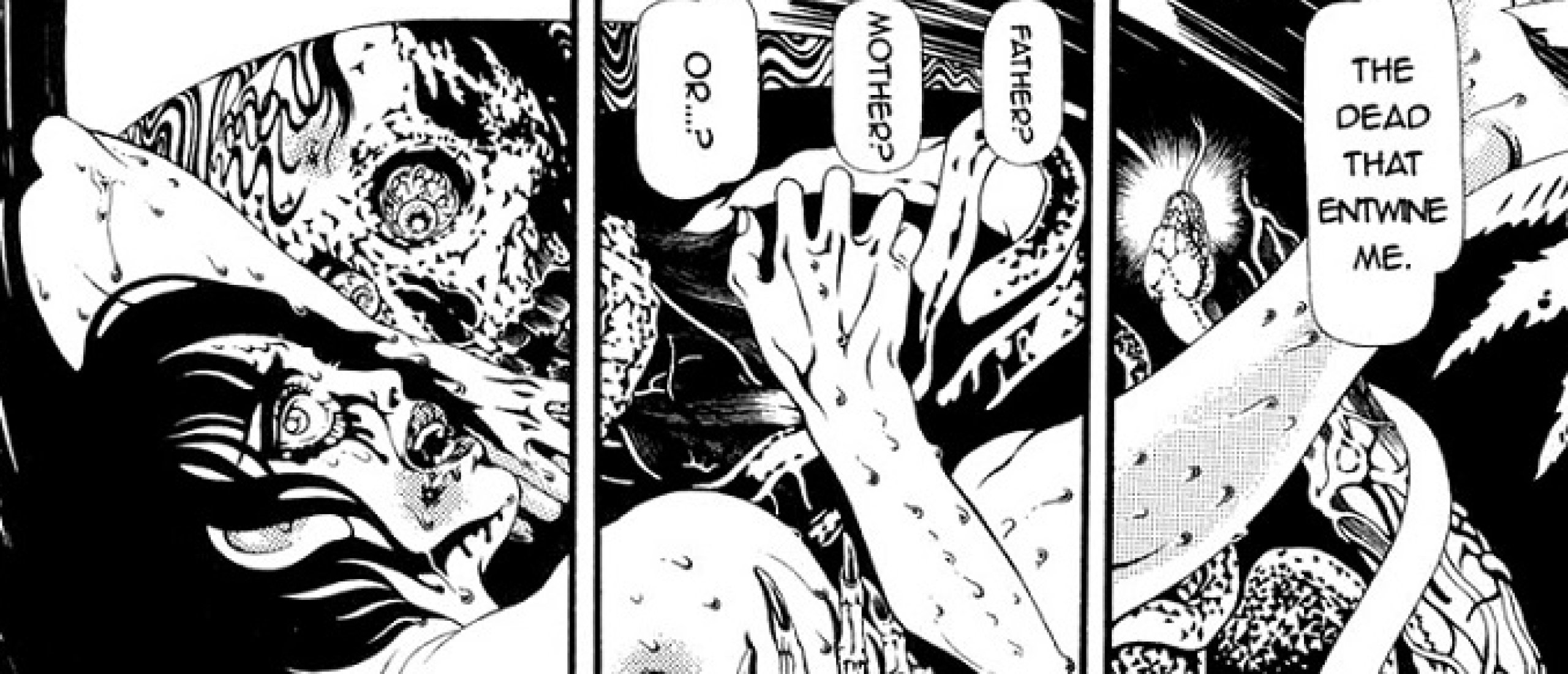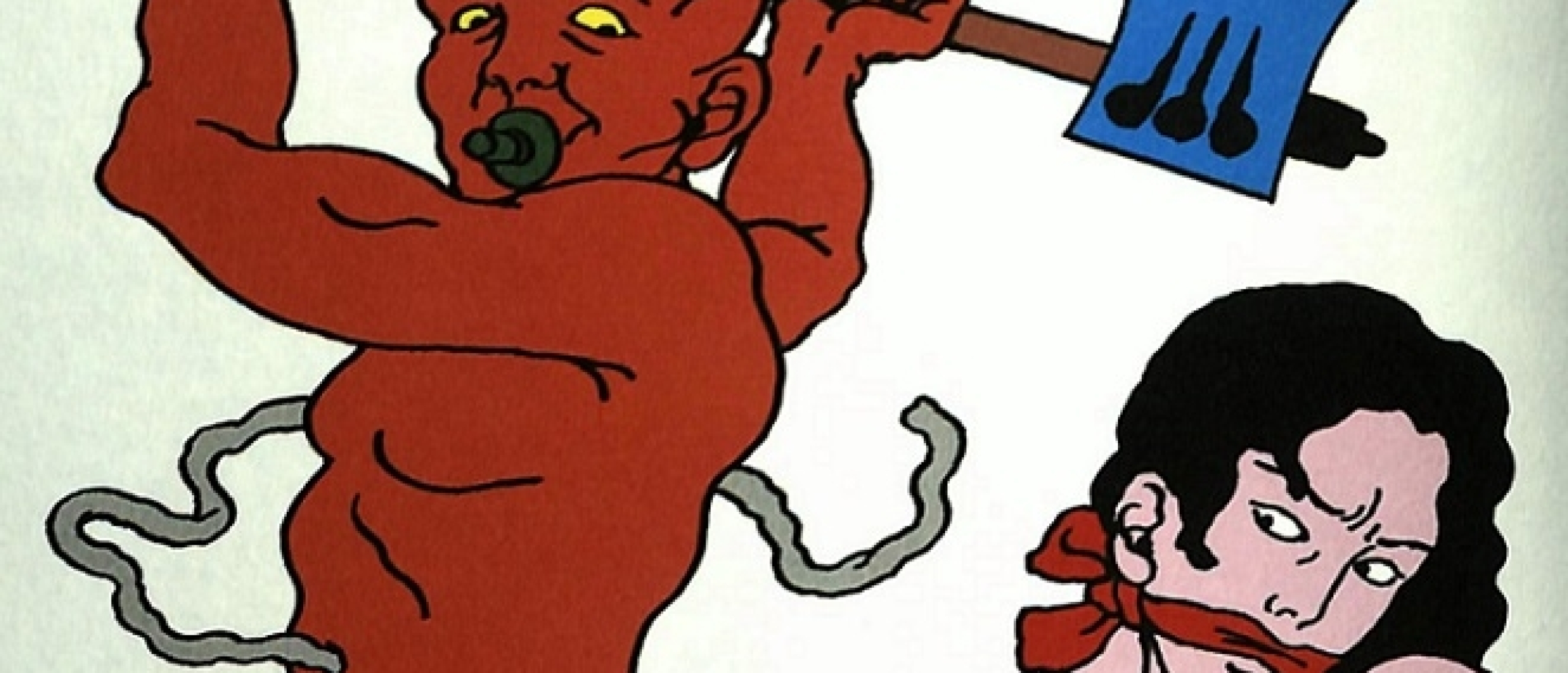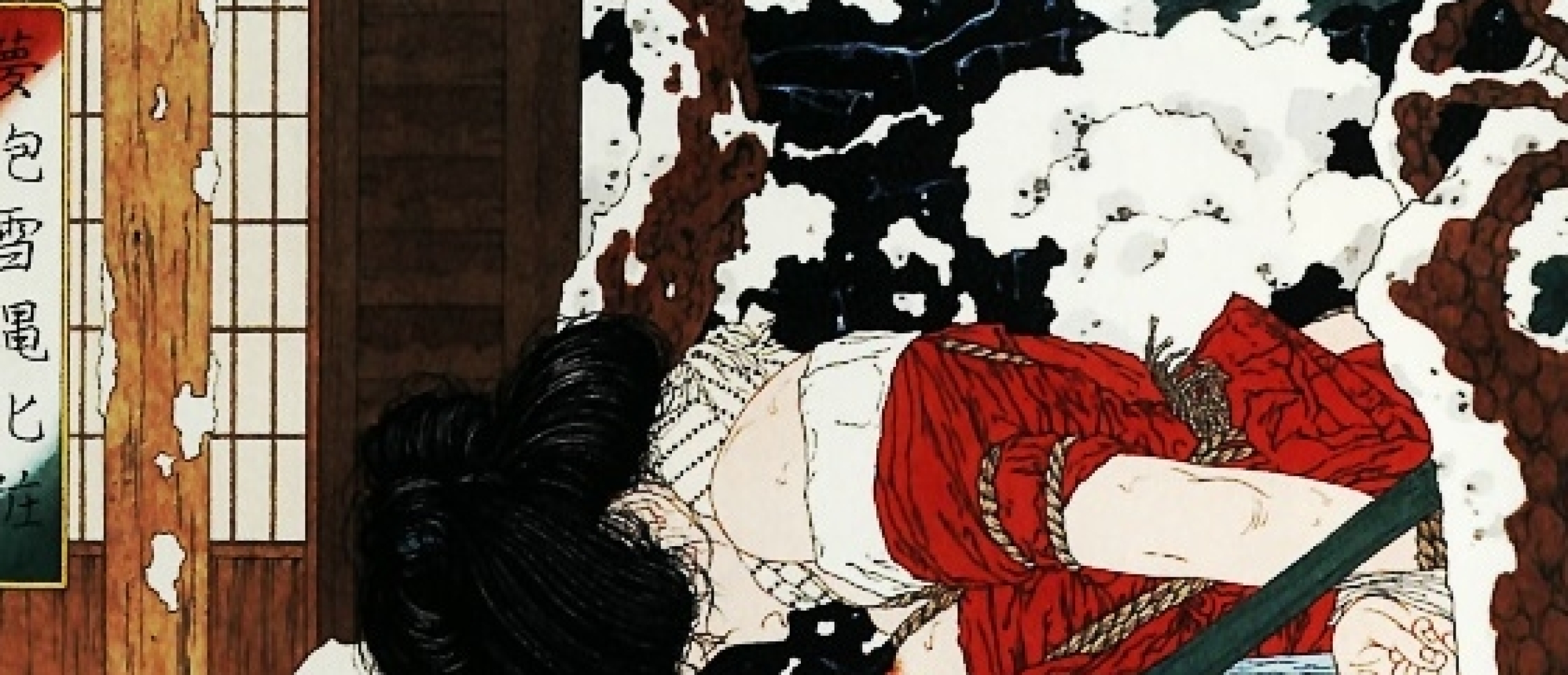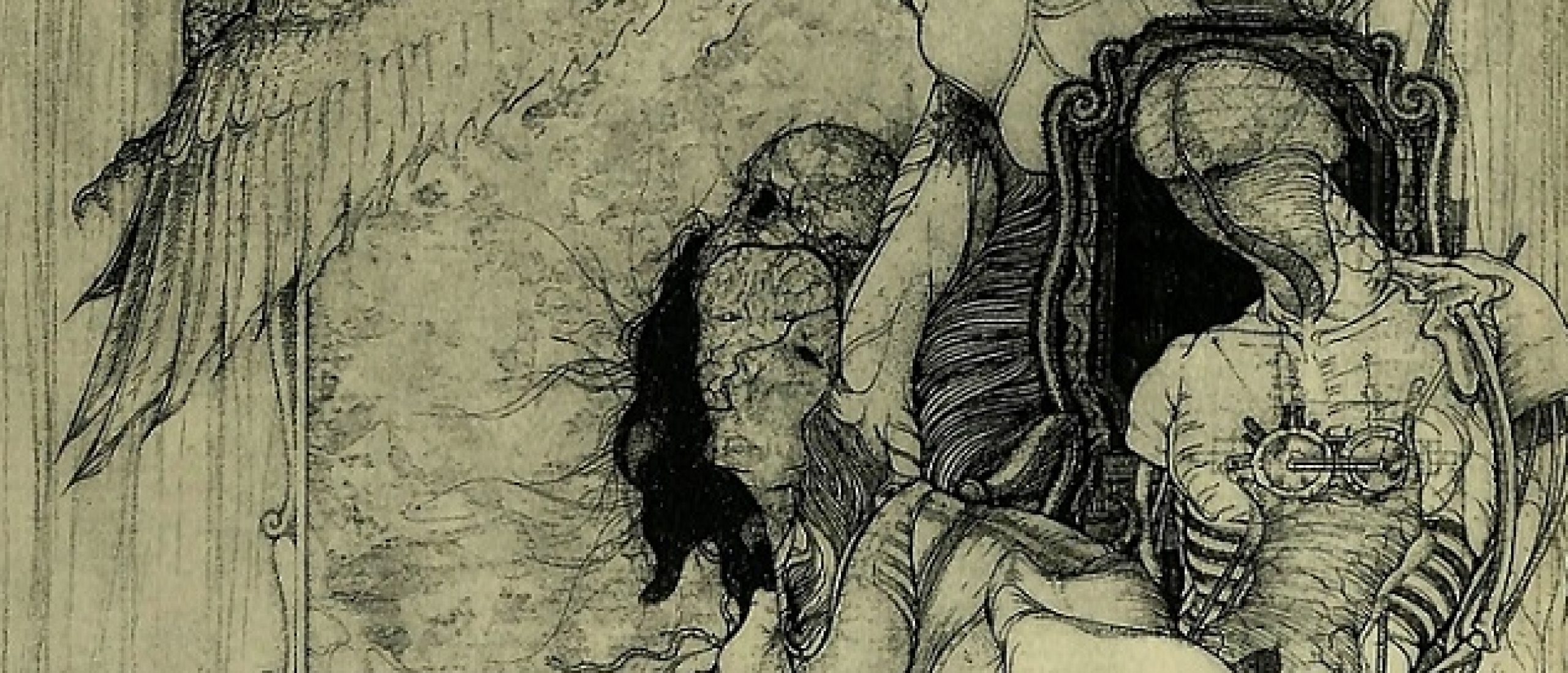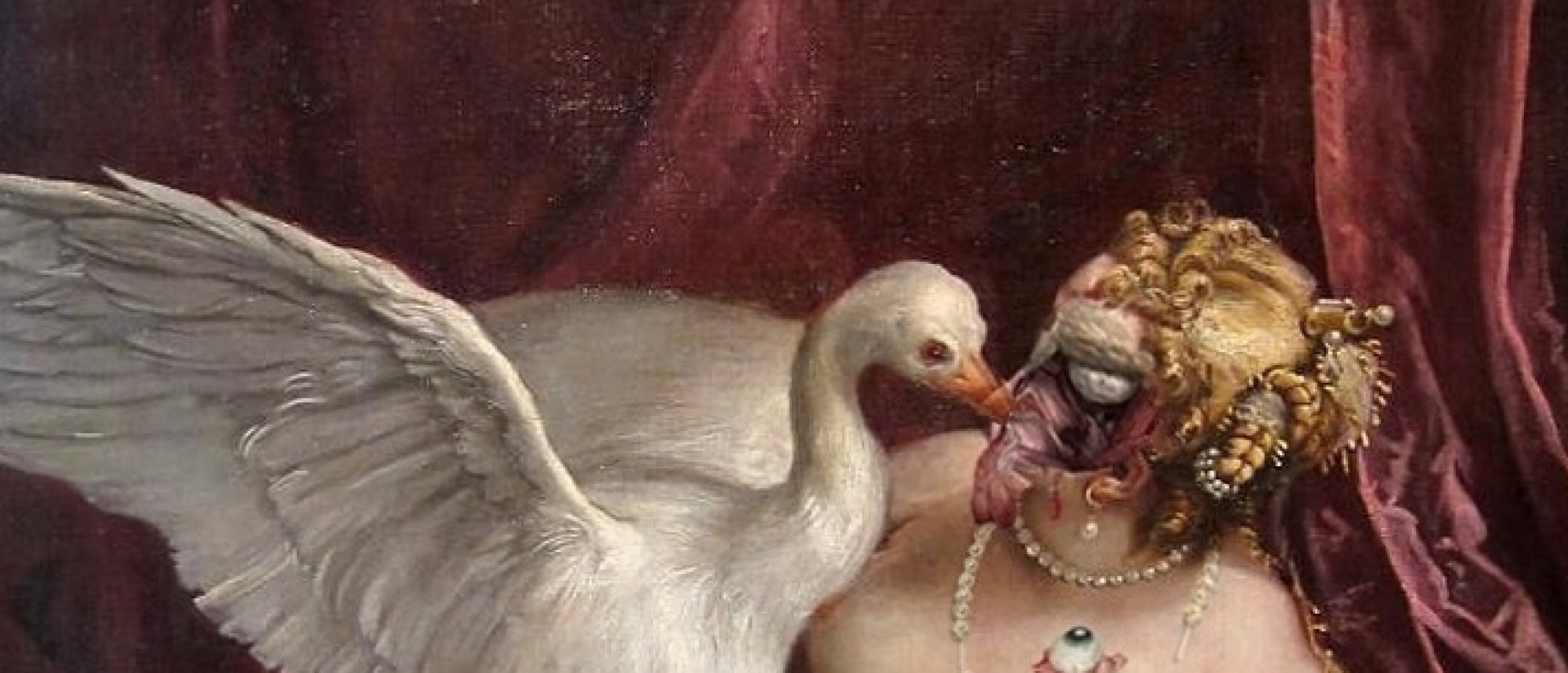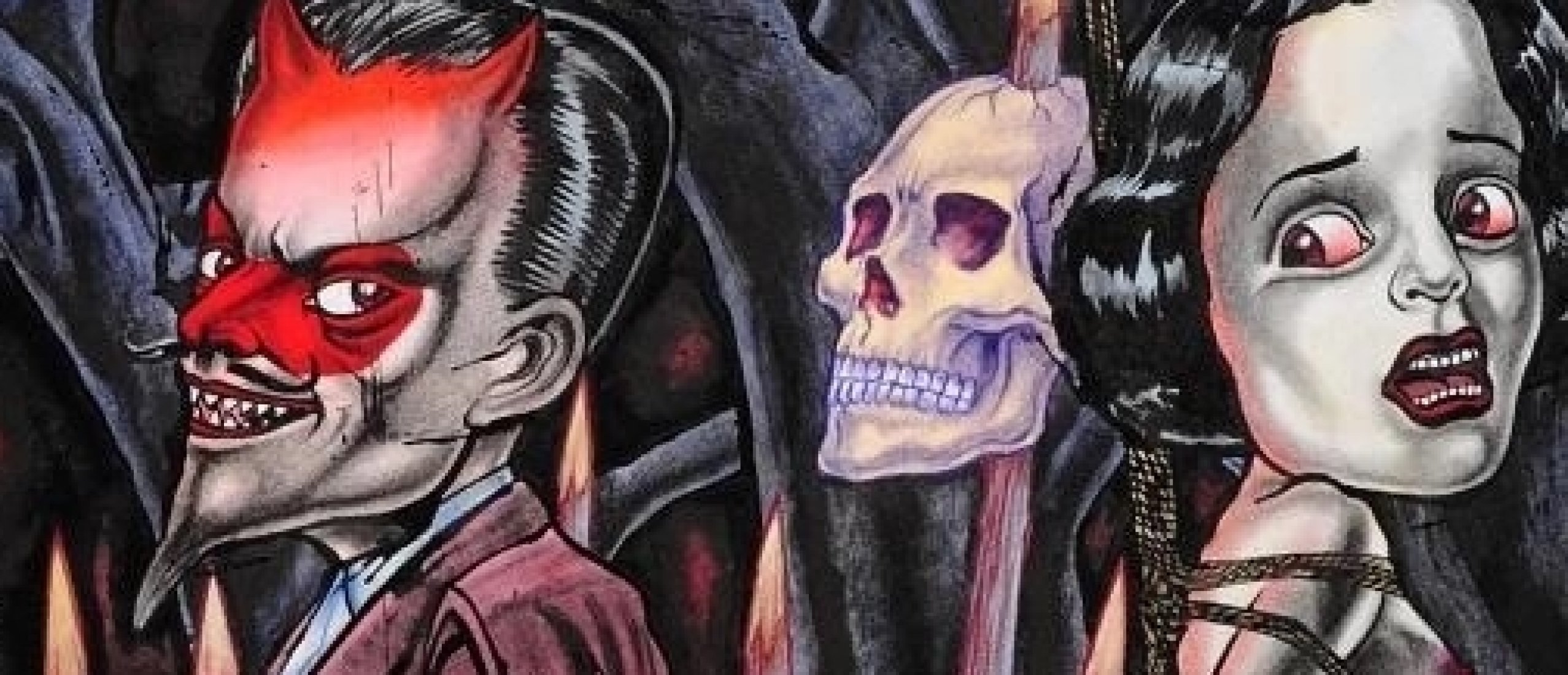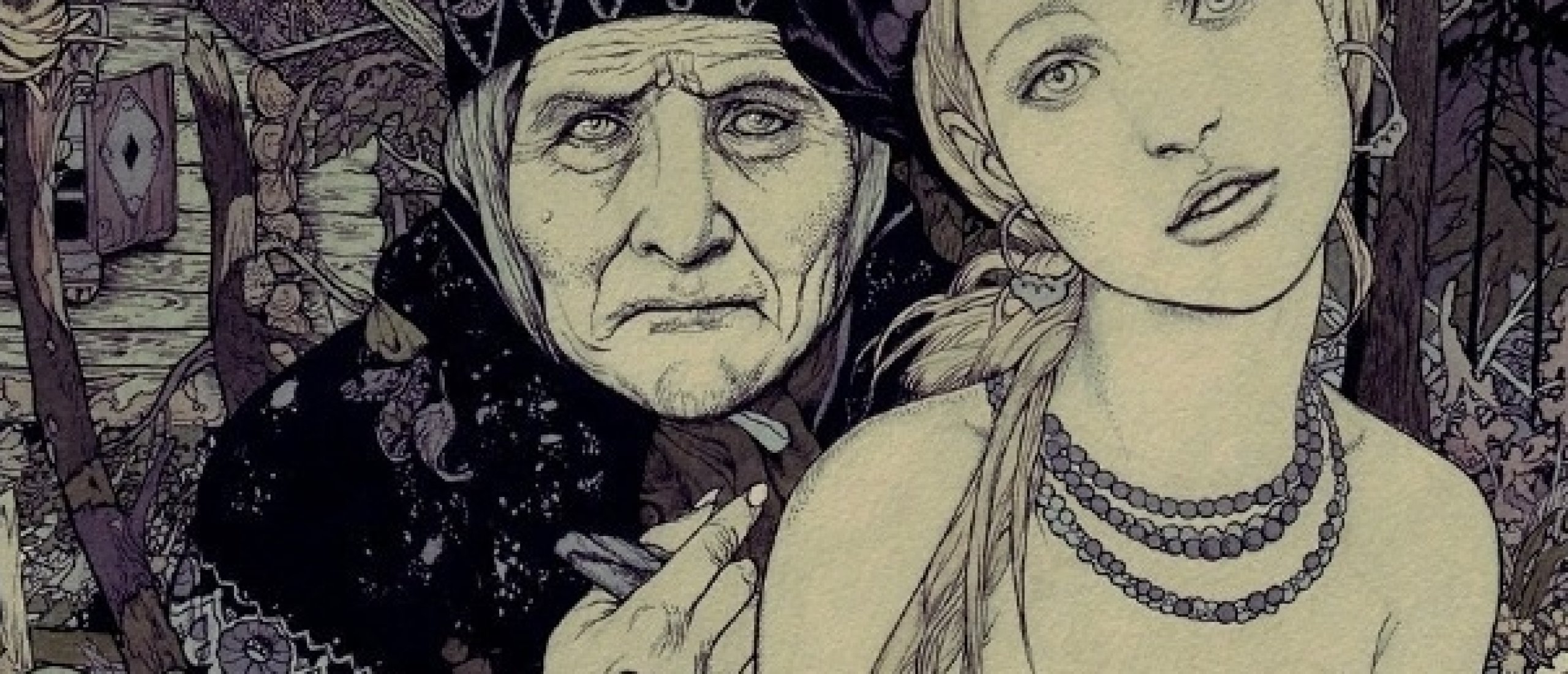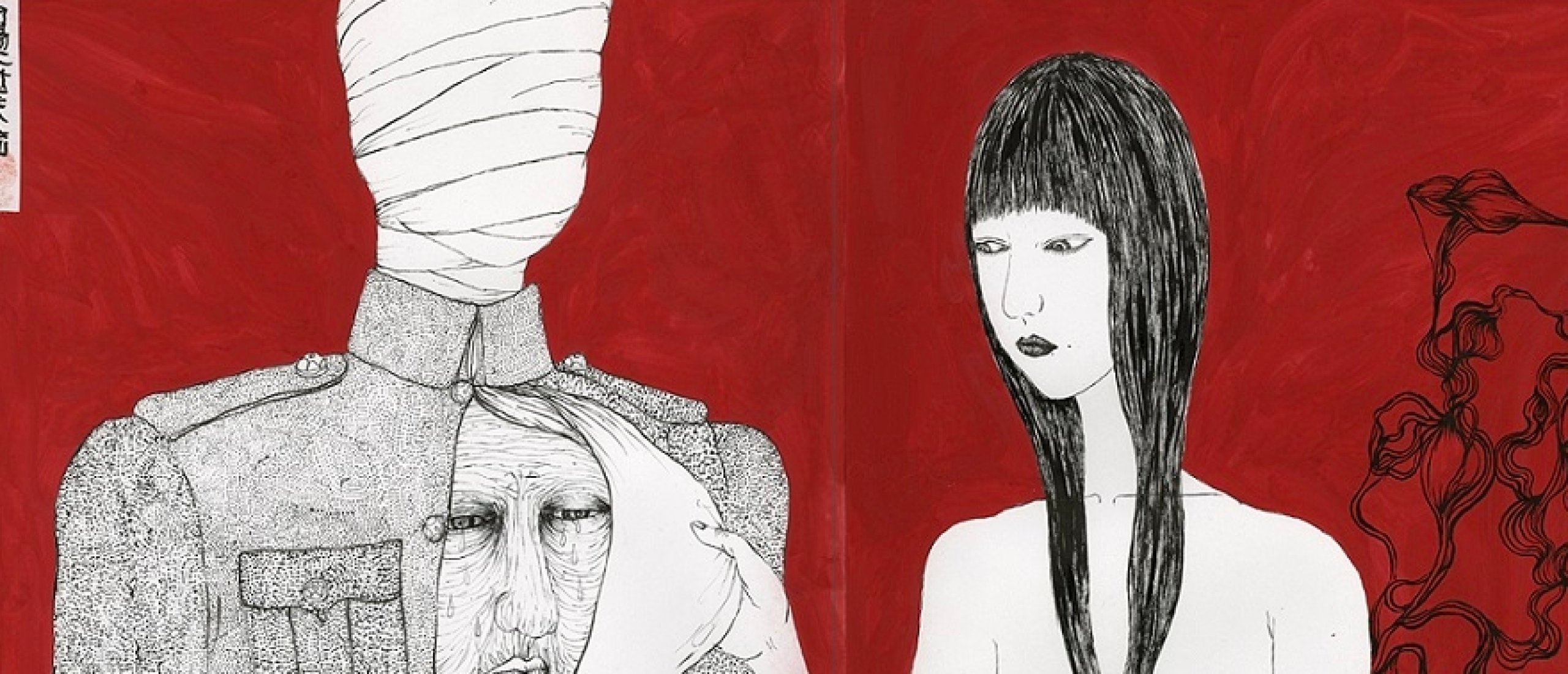
Open To All Possibilities
Daisuke Ichiba is a Japanese artist whose work, marked by a unique and challenging aesthetic, transcends the conventions of traditional and contemporary art. Free from any formal and academic influences, Daisuke Ichiba has developed an artistic style that stands out by breaking with what many consider “beautiful.” He named this style "nandemo ari" (open to all possibilities) as it reflects a creative freedom that manifests in his multiple artistic practices: drawing, collage, photography, video, music, and performance.
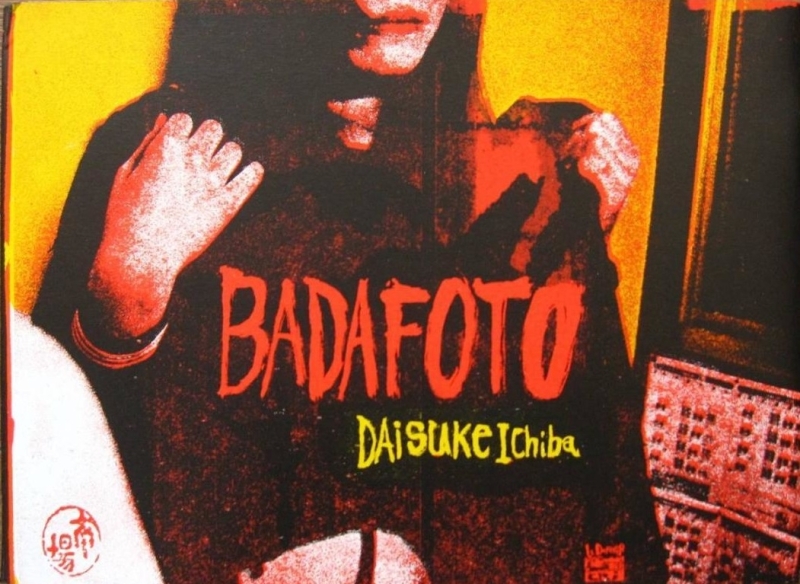
Fig.1.
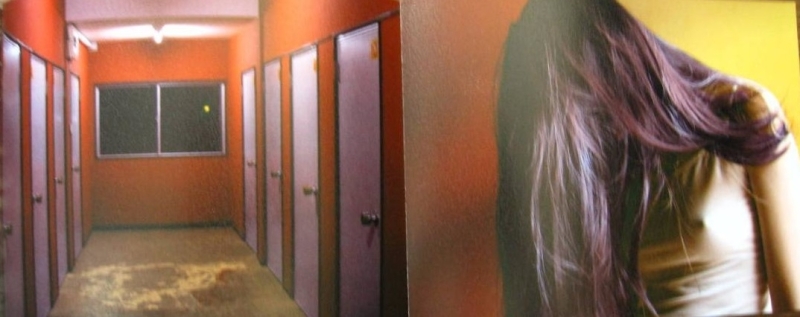
Fig.2.
Influence of Heta-Uma
Daisuke Ichiba defines himself as an independent artist, not subordinate to the influence of art schools that, according to him, "impose straightjackets." He developed his artistic skills within the Japanese underground, in a tradition of self-publishing and artistic experimentation that moves away from traditional institutions. This creative independence is one of the hallmarks of his "nandemo ari" style, which can be seen as an extension of the heta-uma movement.
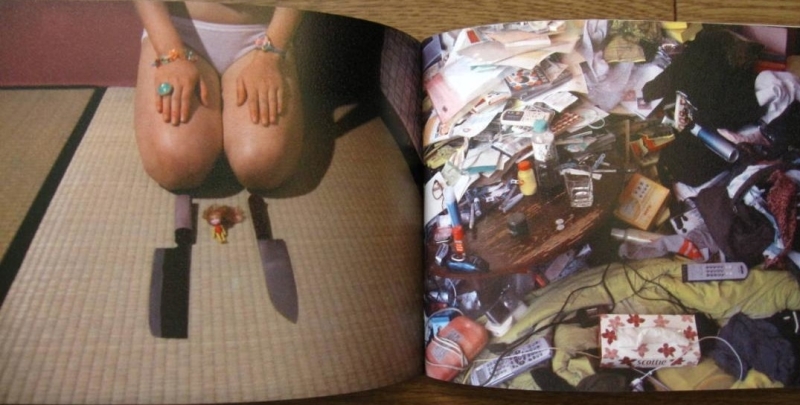
Fig.3.
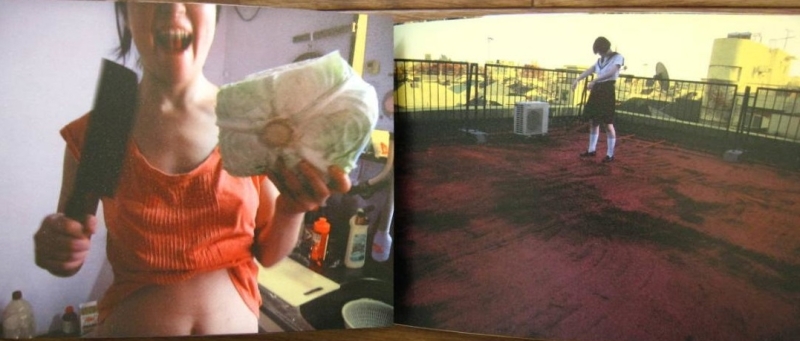
Fig.4.
So Bad That Is Good
Created by Yumura Teruhiko and Kawamura Yosuke, the heta-uma style, which means "so bad (heta) that it is good (uma)," represents a movement that values spontaneity and freedom of expression, challenging traditional aesthetic and technical conventions. The style emerged in the pages of the magazine Garo in the 1970s and "opened many doors and allowed the entry of artists who were not very technically strong but had the soul to express," as Nemoto Takashi, author of the famous "Monster Men Bureiko Lullaby," a classic of heta-uma, expressed. In this context, "heta-uma" does not represent a lack of skill but rather a search for an authentic form of expression, free from any conditioning to pre-established model.
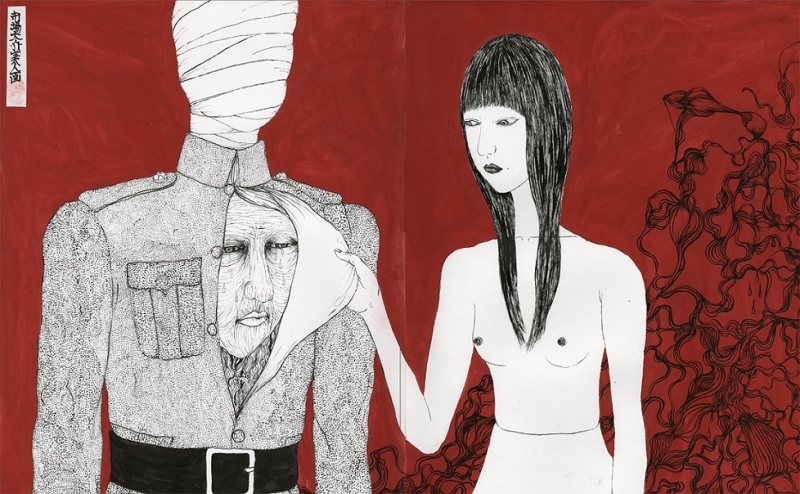
Fig.5.
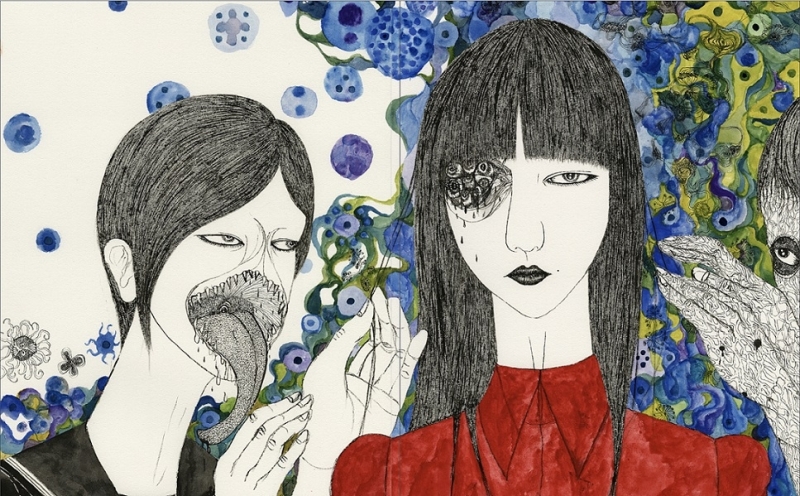
Fig.6..
Mutilated Bodies or Monsters
In Daisuke Ichiba's drawings, heta-uma manifests uniquely through a free and intuitive use of different techniques and means of expression, without adhering to a predefined style. His work is filled with bizarre characters with mutilated bodies or monsters emerging from them, strange compositions, and grotesque elements that challenge common sense and audience expectations. Heta-uma becomes, in his hands, an instrument capable of expressing the complexities of life, representing everyday situations where horror and violence appear unexpectedly to us, but not to his characters, who seem, in some way, accustomed to those situations as if absurdity has always been part of their existence.
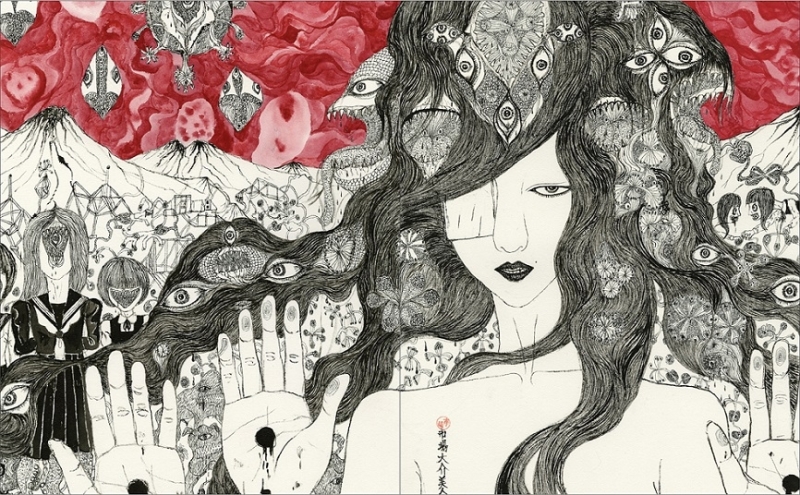
Fig.7.
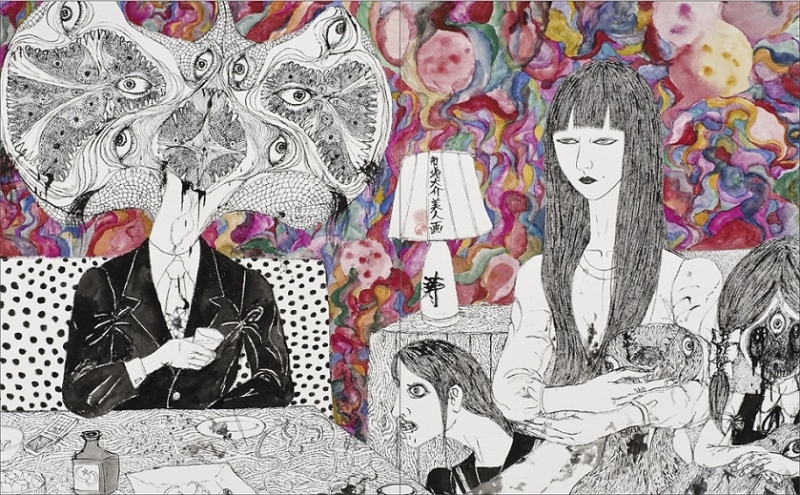
Fig.8.
Become a Premium member now and discover more on Daisuke's childhood experiences fundamentally shaped his art, his fascination with Kusōzu, the "painting of the nine stages of a decaying corpse, why he uses the term "chaos" to define the state of mind that permeates his art, his crucial relationship with Pakito Bolino, editor of the magazine Dernier Cri, Daisuke's specific views and aesthetics, and 60+ enticing illustrations.
Click HERE for the freaks, ocular fixation and the erotic grotesque of Suehiro Maruo
What do you think about Daisuke's heta-uma artwork? Leave your reaction in the comment box below...!!

